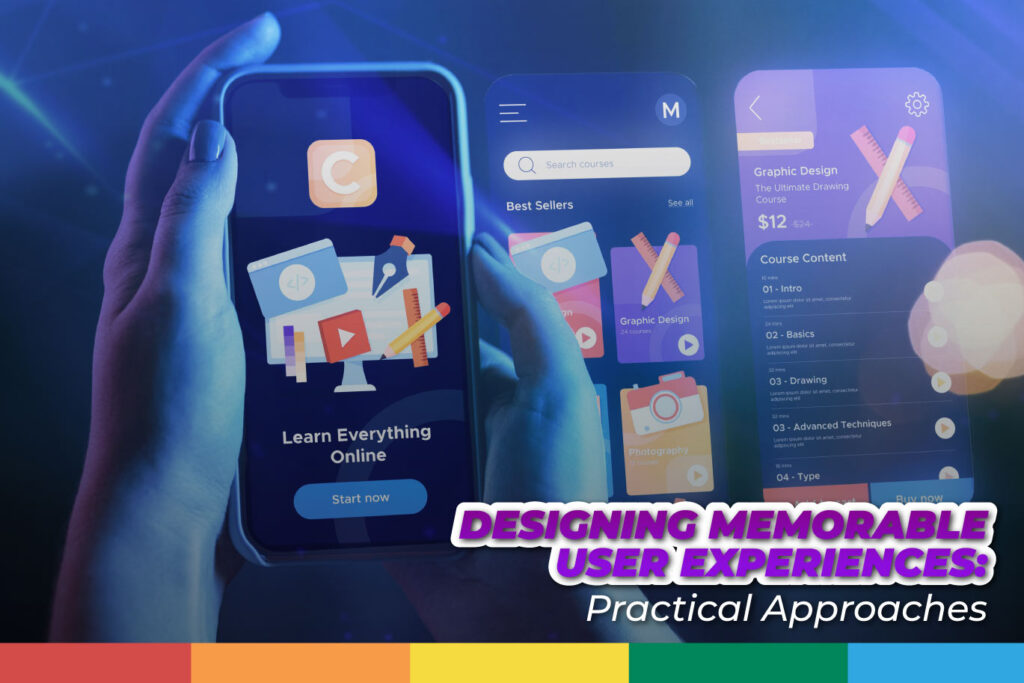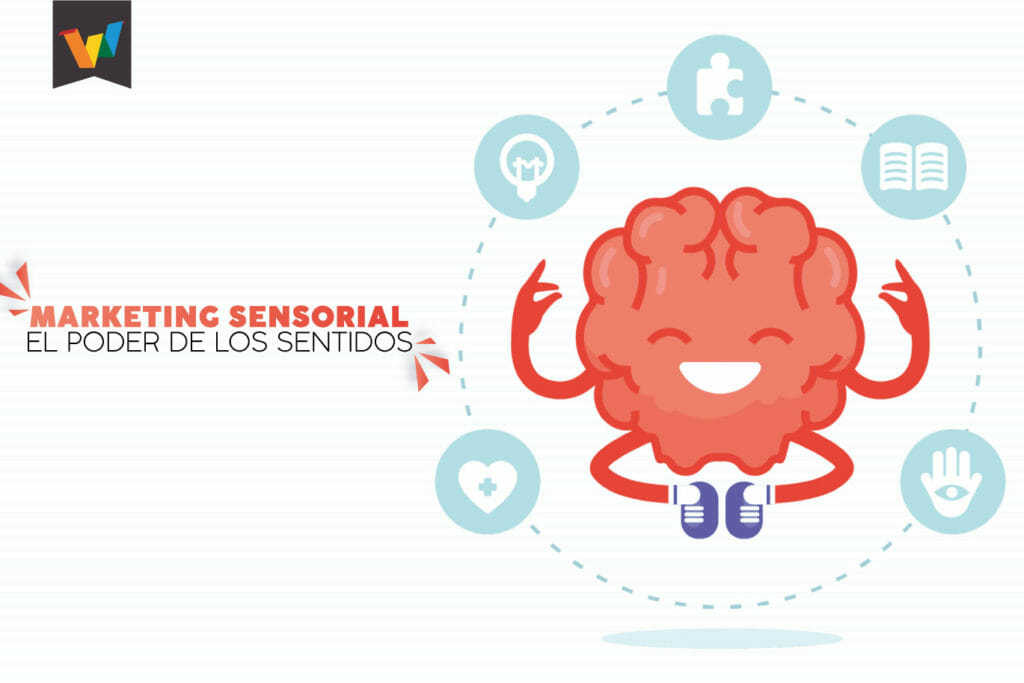In the modern day, the user experience in an app can make a significant difference in user engagement. One of the primary goals of UX design is to create memorable experiences for users, ones that leave a positive and lasting impact, making them feel satisfied, happy, and loyal.
So, what exactly is user experience (UX)?
It encompasses the perceptions and emotions users have when interacting with a product, service, or system. UX design is the process of creating solutions that meet users’ needs, expectations, and preferences, as well as business objectives and the brand.
UX design goes beyond the graphical interface; it gathers aspects such as information architecture, content, usability, accessibility, aesthetics, features, performance, and more.
But how can you design memorable experiences? Here are some practical approaches:
Know Your User
Understanding who your users are is the first thing to do. What do they need, want, think, feel, and how do they behave? Various techniques like interviews and surveys can provide valuable insights into user motivations, frustrations, desires, and goals. This information helps define the problem to be solved and design user-centered solutions.
Create Value
Offering solutions that provide value to users, effectively and efficiently addressing their problems or needs, is crucial for a good user experience. Tools like SWOT analysis (Strengths, Weaknesses, Opportunities, and Threats) can help identify market opportunities, competitive advantages, and key attributes that make the product or service unique and desirable to users.
Evoke Emotions
It’s essential to create solutions that generate positive emotions in users, making them feel pleasure, joy, surprise, trust, pride, and gratitude. Principles such as emotional design, playful design, persuasive design, or inclusive design can be employed. These principles involve elements like humor, gamification, personalization, storytelling, aesthetics, or accessibility to create fun, engaging, motivating, or empathetic experiences that connect with users on an emotional level.
Measure and Improve
Evaluating and optimizing the designed solutions is essential to ensure their quality and effectiveness. Usability testing or web metrics provide feedback from users about their experience with the product or service. This helps detect and correct potential issues or errors, as well as identify and enhance the design’s strengths or advantages.
These are some practical approaches to designing memorable user experiences. It’s not just about presenting the project and starting to design. Behind it all, there should be research and evaluation by the marketing team to assess how best to execute the desired project.
One thing to keep in mind is that there is no one-size-fits-all or magic formula to achieve this. Each project requires specific analysis and creative adaptation based on its characteristics, the market, and the target audience.
The key is always to keep the user at the center of the design process and aim for user satisfaction and loyalty through innovative and exciting solutions.
Learn more about web design and user experience here.






